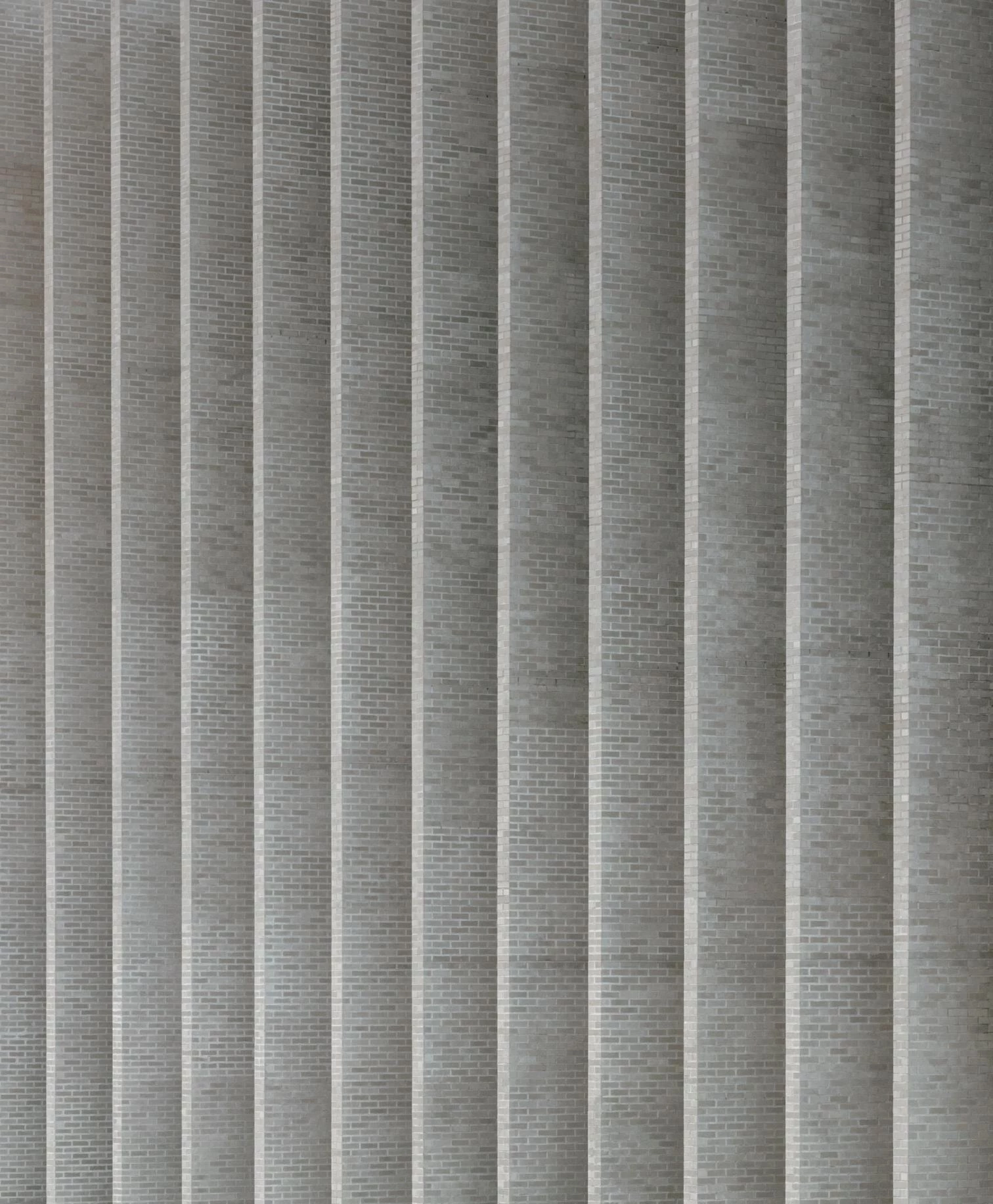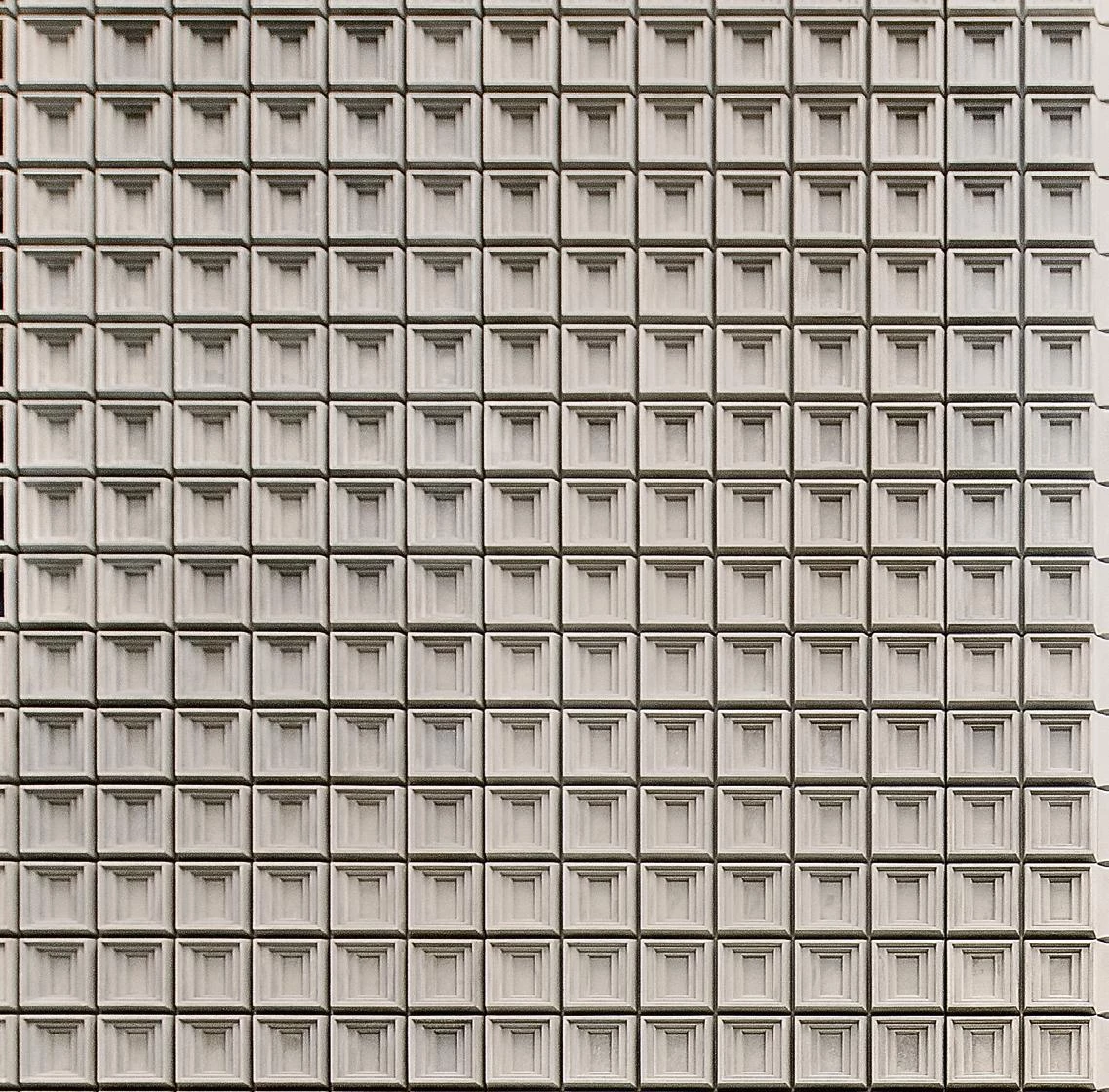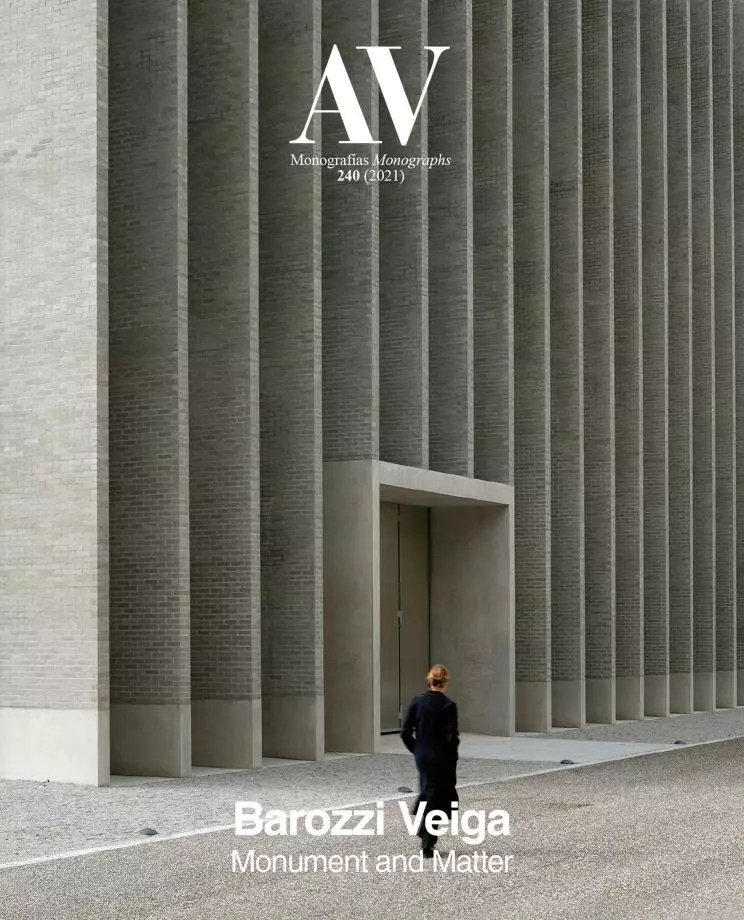
We usually think about classicism as a figurative language, but the work of Fabrizio Barozzi and Alberto Veiga shows how classicism and abstraction can reconcile. If the classic is not associated to columns and pediments but to consistency between the parts and the whole of a construction, the work of the Barcelona office seems to be accurately described by that term, because the monumentality of so many of their works and the materiality of all their facades is based on an exemplary cohesion between the elements and the ensemble. After all, the violent beauty of their volumes and spaces rests not on ornaments or references, but on the audacity of the formal proposal and the extreme decanting of its expression, in a process of refinement towards the degree zero of architecture that leaves a solid residue of rough abstraction.
We owe the poet Pere Gimferrer a verse that illustrates well the challenge of this architecture freed from the heavy weight of the past: “If I lose my memory, such purity!” Void of memory, even though the remains of history sometimes leave a trace or serve as inspiration for the formal decision, the work of Barozzi Veiga strikes our intelligence and eye with an abstract synthesis of the conditions of the brief and the context, an analytical conclusion that is also a structural and material proposal where all the circumstances that converge in the project are integrated in a shape of bold and bare geometry that constitutes the heart of its abstract classicism: no less classicist because it is occasionally crowned by the sharp vertices of a gothic sensibility and no less abstract because it always tries to address the specificities of the site.
The tension between an autonomous form and its subordination to context gives this architecture a richness of nuances and internal complexity that prevents interpreting the buildings with a simple parti or with a sequence which shows the features transferred from one work to another, because neither the singularity of the gesture nor the evolution of the forms explain the ultimate nature of their achievements. Possibly the Zeitgeist – the spirit of the time – is opposed to the genius loci – the spirit of the place – in the same way that the clear geometry of the formal proposal must dialogue with the unique features of the environment, and surely the conflict between the generic of the project and the specific of the site is the fountain from which flows the generous surge of inspiration of this classicism: abstract, but not abstracted from its time and its place.






